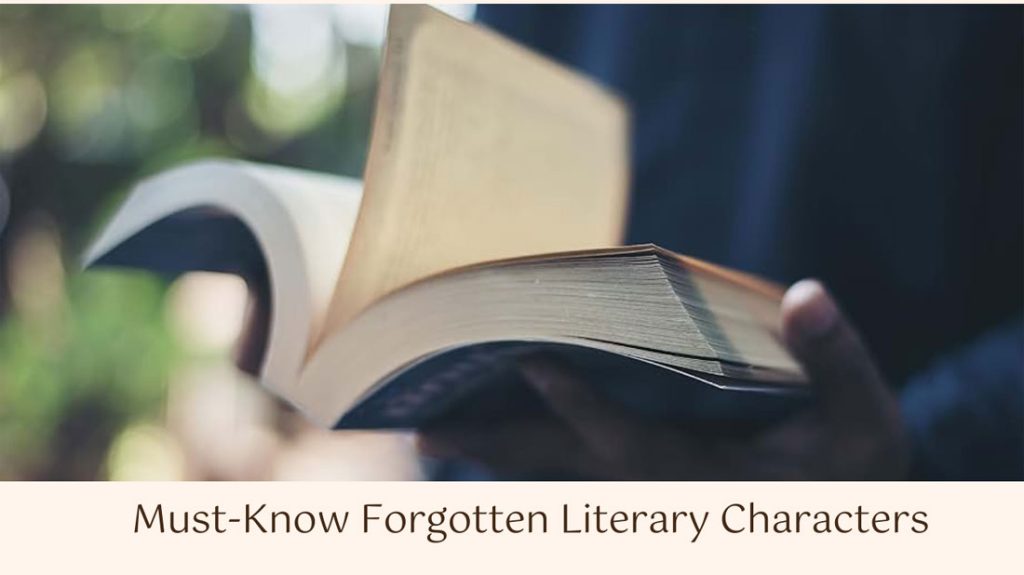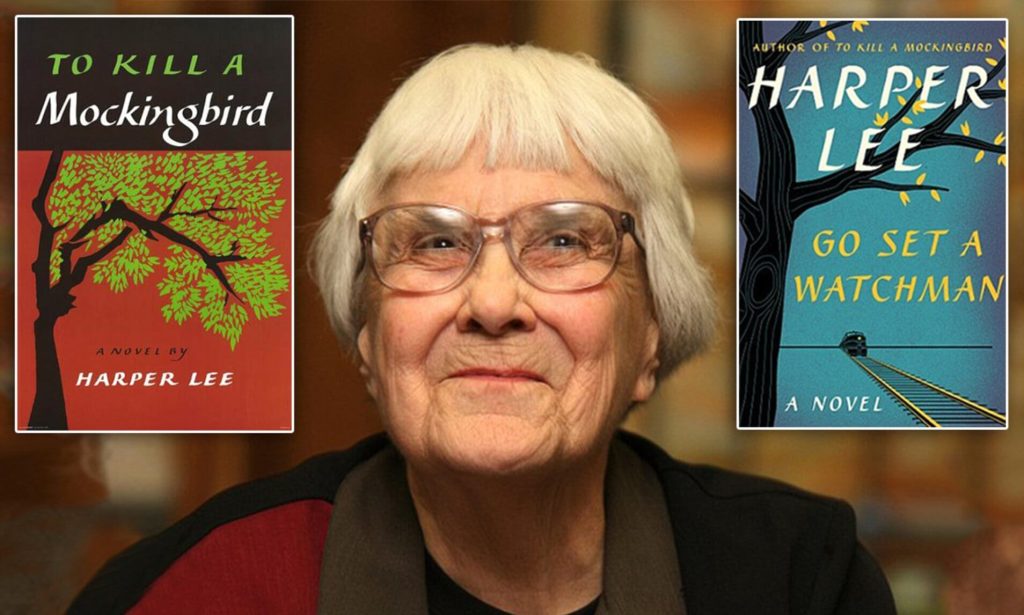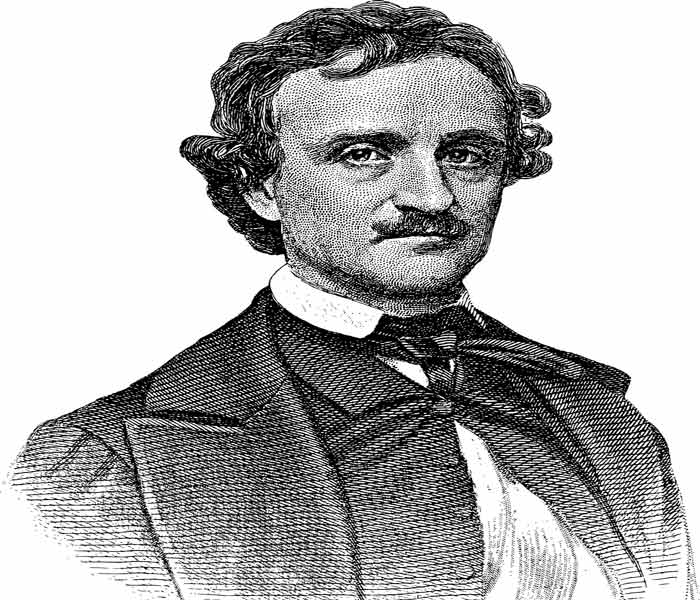What happens to those literary characters who once captured our hearts but are now forgotten? In the ever-expanding world of literature, countless characters have touched readers with their unique stories, emotions, and challenges. Yet, as time passes, many of these once-beloved figures fade from public memory, overshadowed by newer tales and modern classics.

Let’s revisit these characters to honor the rich history of literature and rediscover the timeless lessons and emotions they hold.
What Makes a Literary Character Forgotten?
A “forgotten character” refers to a literary or fictional character who has faded from readers’ or audiences’ memory over time. These characters may not stand out or resonate strongly compared to more memorable characters.
Several factors contribute to this-
- Popularity and Cultural Shifts
As time goes by, society’s interests and cultural trends change. A character that was once popular might not resonate with newer generations if their story or traits no longer align with current values or tastes. For example, a character who represented ideals from a bygone era may fade as those ideals lose relevance.
- Lack of Adaptations and Media Representation
Characters often become obscure if they are not featured in movies, TV shows, or other forms of media. Without adaptations that keep them in the public eye, these characters are less likely to be remembered. In today’s world, visual media has a significant impact on which characters remain popular, so those without such representation tend to be overlooked.
- Overshadowed by Main Characters
Supporting or secondary characters often get overshadowed by the main protagonists. While they might play crucial roles in a story, they don’t always receive the same level of attention or recognition. Over time, these characters may fade from memory as readers focus more on the main figures.
- Limited Storylines or Appearances
Characters with limited roles or appearances in a single book or series may not have enough impact to be remembered. If a character’s story is brief or not central to the plot, they can easily be forgotten as readers move on to more prominent or recurring characters.
- Lack of Memorable Traits
Characters that don’t have memorable traits may be harder for readers to recall. A character who doesn’t stand out with unique qualities, whether it’s their personality, actions, or role in the story, is more likely to be forgotten over time. Readers often remember characters who leave a strong impression and those who don’t tend to fade into obscurity.
Which Are Some Good But Yet Forgotten Literacy Characters?
Some characters were once central to literary discussions but have since faded into relative obscurity. Yet, these forgotten figures still hold valuable lessons and timeless emotions that deserve to be revisited.
Here’s a look at some of the best yet forgotten characters who deserve a moment in the spotlight.
Ginevra Fanshawe from The Woman in White (1859) by Wilkie Collins
Ginevra Fanshawe is a beautiful and morally ambiguous character whose manipulative actions and gothic allure make her compelling in Victorian literature. Despite her significant role in a classic mystery, she often remains overshadowed by more prominent Victorian figures.
David Balfour from Kidnapped (1886) by Robert Louis Stevenson
David is a young Scottish boy who experiences betrayal and adventure as he fights for survival. His adventurous spirit and resilience are crucial to this classic tale. But his character doesn’t always get the recognition it deserves compared to Stevenson’s other heroes.
Dorian Gray from The Picture of Dorian Gray (1890) by Oscar Wilde
Dorian Gray’s quest for eternal youth and beauty, no matter the cost to his soul, is a powerful exploration of vanity and moral corruption. Yet, his story often gets overshadowed by more enduring characters created by Wilde.
Miss Havisham from Great Expectations (1861) by Charles Dickens
Miss Havisham’s tragic obsession with the past and her decaying home offer a powerful symbol of stagnation and regret. Despite her memorable presence, she is frequently takes a backseat to Dickens’s more celebrated figures.
Fanny Price from Mansfield Park (1814) by Jane Austen
Fanny’s quiet strength and moral integrity stand out against Austen’s more lively heroines. But her subtle virtues are often overlooked compared to the more celebrated characters like Elizabeth Bennet and Emma Woodhouse.
Bartleby from Bartleby, the Scrivener (1853) by Herman Melville
Bartleby’s passive resistance and mysterious behavior provide a profound commentary on alienation and existential despair. Though his story is studied, he remains less prominent compared to other Melville characters.
Antonia Shimerda from My Ántonia (1918) by Willa Cather
Antonia is a resilient and vibrant character whose immigrant experience and connection to the land are central to the novel. Despite her significance, she often takes a backseat to other characters in American literature. Her rich, resilient personality deserves more attention.
Esther Greenwood from The Bell Jar (1963) by Sylvia Plath
Esther’s struggle with mental illness and societal expectations is both powerful and poignant. While The Bell Jar is well-regarded, Esther’s character often doesn’t receive the same level of attention as other literary figures dealing with similar themes. Her struggle remains significant yet underexplored in broader literary discussions.
Pip’s Uncle Pumblechook from Great Expectations (1861) by Charles Dickens
Pumblechook is a pompous and self-important character who plays a minor but significant role in Pip’s rise and fall. Though he contributes to the novel’s social satire, he is less remembered than Dickens’s primary characters.
Eustacia Vye from The Return of the Native (1878) by Thomas Hardy
Eustacia is a passionate and ambitious woman trapped in a rural setting that stifles her desires. Her intense characterization is often overshadowed by more traditional Hardy protagonists.
Marius Pontmercy from Les Misérables (1862) by Victor Hugo
Marius is a romantic and idealistic figure caught between love and revolution. His personal journey is often set aside in favor of the more dramatic narratives of Jean Valjean and Inspector Javert.
Lydia Bennet from Pride and Prejudice (1813) by Jane Austen
Lydia’s scandalous behavior creates conflict in the novel, yet she often fades into the background compared to her more refined sisters, particularly Elizabeth Bennet.
Clytemnestra from Agamemnon (458 BC) by Aeschylus
Clytemnestra’s fierce and tragic quest for vengeance against her husband Agamemnon is central to the play’s themes. Despite her powerful role, she is often overshadowed by other figures in Greek tragedy.
Charlotte Temple from Charlotte Temple (1791) by Susanna Rowson
Charlotte is a young woman whose tragic life reflects the perils faced by women in the late 18th century. Despite the novels past popularity, Charlotte’s story is less discussed today.
The Red Queen from Alice’s Adventures in Wonderland (1865) by Lewis Carrol
The Red Queen’s strict rule and fantastic behavior are central to the imaginative and unpredictable world of Wonderland. Despite her vivid presence, she often gets overshadowed by other characters created by Carroll.
Final Words
Remembering all literary characters, not just the main ones, is crucial for preserving the richness of literature. So, let’s turn the page and give these literary gems the recognition they truly deserve and bring them back into the literacy conversation.



Pingback: Memorable Characters Created by Rod Serling - Books in Brain
Pingback: Memorable Characters Created by Zadie Smith - Books in Brain
Pingback: Memorable Characters Created by Taylor Jenkins Reid - Books in Brain
Pingback: Memorable Characters Created by Clarice Lispector
Pingback: Memorable Characters Created by Patrick White
Pingback: Memorable Characters Created by Aleksandr Solzhenitsyn
Pingback: Memorable Characters Created by Franz Kafka - Books in Brain